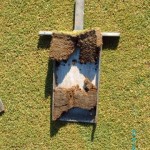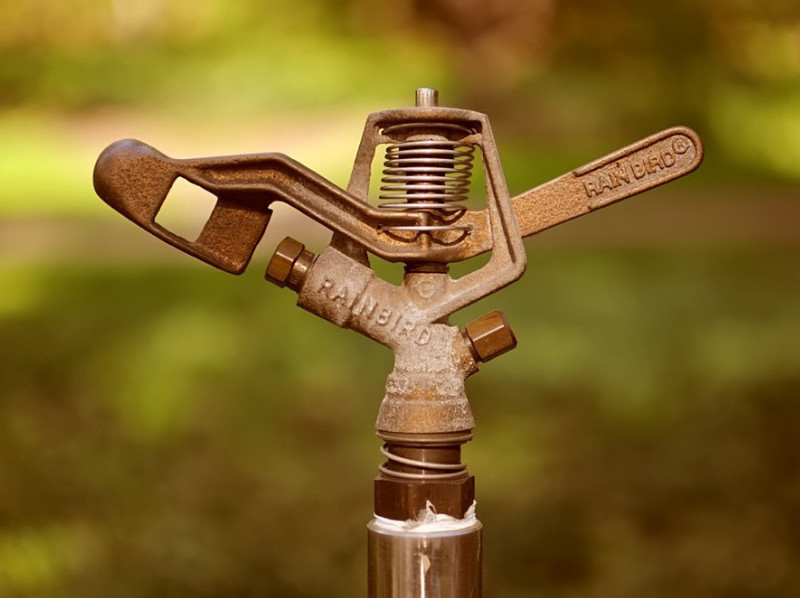Air is a very important component of a Performance Bowling Green.
50% of a healthy, performance green will be air; 25% Micro-pores and 25% Macro-pores.
The Macro Pore or “aeration” space is where drainage happens.
The Micro-Pore or “capillary” space is where grass plant roots get their water and nutrients.
Tip the balance in favour of one or the other of these and things start to go wrong.
Compaction reduces the Macro air space in soil and inhibits drainage and root penetration. The soil now holds on to too much moisture and a whole raft of other problems ensue; particularly the build up of excessive thatch due to the anaerobic (lacking in oxygen) soil conditions brought about by the reduction in air space.
Thatch becomes a breeding ground for fungal disease and a base for Localised Dry Patch to take hold. The thatch doesn’t break down naturally as it should because there is a massive reduction in the population of aerobic soil microbes and they usually do this job.
Tip the balance the other way by applying excessive amounts of sand top-dressing and there is now too much air space, there is very little capillary space and the green starts to dry out too quickly. Localised Dry Patch now takes over, the surface is unpredictable and the soil can’t provide the nutrition the plants need naturally any more.
Yes, for a healthy living green that performs to order you need a lot of space; 50% air space.
Luckily, a healthy living soil knows how to do all of this without us.
We are only needed to help rectify the damage we inflict, which is mainly compaction and nutrient depletion through the removal of grass clippings.
Ahh! how simple!



